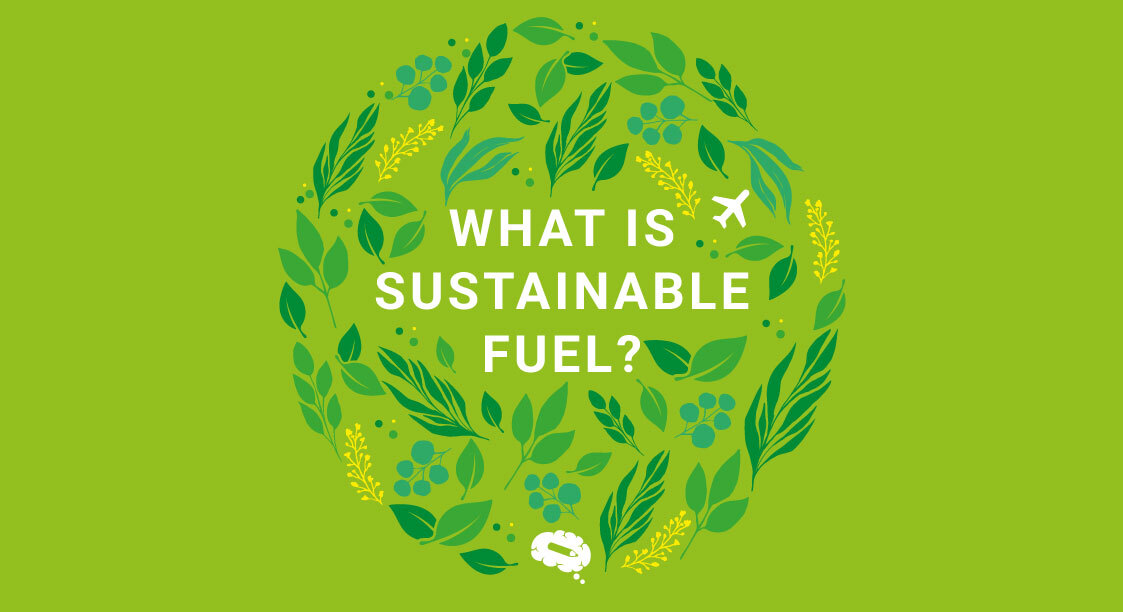In recent times, there has been this huge breakout of people spreading awareness of global warming and how that could lead us to our extinction. Have you ever wondered which factor mainly causes this phenomenon?
One of the main factors is the carbon emission from our vehicles, especially from aviation vehicles. Now, we are not going to see how that causes it because you must’ve learned that in your school.
What we are going to see in this article is sustainable fuel or sustainable aviation fuel, which can be an alternate fuel for jet engines replacing fossil fuel. Now, you may have these questions: what is sustainable fuel? How does it help in reducing carbon emissions from airborne vehicles? Will it be a trustworthy alternative to fossil fuel because aviation is not a field to be experimenting at? We’ll be answering these questions, and when you go through the entire article, you’ll get a clear understanding of what this new fuss about sustainable fuel is all about.
What Is Sustainable Fuel?
Sustainable fuel, or the preferred IATA term, SAF – Sustainable Aviation Fuel, is used as an alternative to traditional fossil fuels as the carbon footprint left by the latter is humongous.
Now to reduce this, the IATA – International Air Transport Association came up with the idea of sustainable fuel whereby we can produce a fuel that is equivalent to fossil fuel but is made from feedstocks. Because of this, there will be a huge reduction in carbon emissions compared to the traditional jet fuel that is being used to date.
Importance of Sustainable Fuel
Nowadays, air travel has become more convenient as we can reach any part of the world hassle-free, within a few hours or days. So, disabling the total aviation industry is out of the question; instead of that, we should switch to an alternate fuel that rules out the main problem of carbon emissions from these vehicles.
According to a recent survey done by the IATA, nearly 1 Tonne of CO2 is being emitted per flight trip. Now imagine the total carbon emission done by all the flights across the world per day. This problem is solved by sustainable fuel, which gives an impressive reduction of up to 80% in carbon emissions in some cases.
Furthermore, the impurity level of SAF is less compared to the rest of the fuels, mainly sulfur, and reduces the emission of sulfur dioxide too.
What Is Sustainable Fuel Made From?
Let’s dive deep into the recipe for making this futuristic eco-friendly fuel. Now, as mentioned earlier, SAF is made purely from the feedstock of various products. Out of those, the main ingredients are:
- Algae
- Oil seeds
- Fats, oil, and greases
- Corn grain
- Agricultural residues
- Forestry residues
- Municipal solid waste
- Manures
This huge list of resources contains an adequate amount of feedstock to meet the fuel demands of the entire U.S. aviation industry. It is estimated to produce 50-60 billion gallons of SAF.
Biofuel vs. Sustainable Fuel
Many people assume sustainable fuel to be the same as biofuel. In fact, they are under the impression that both are made and processed in the same way, and this is just another name for biofuel.
But in truth, both are vastly different in terms of their production. If we consider biofuel, it is made from biological resources such as plant or animal material, and also, there isn’t any guarantee that the product is sustainable. Say, for example, some biofuels are produced from crops that require deforestation, which results in additional environmental damage.
But if we see the case of SAF, it’s nothing like that. It will use only feedstocks that can be produced without damaging the environment in any way. This major factor makes SAF more reliable for usage.
Can Sustainable Fuel Help In Decarbonization?
Even though SAF doesn’t emit too much CO2, we have to take into account the CO2 that is being emitted while producing it, like the equipment that is needed to grow the crops or to transport those goods or refine the fuel from it, and so on. If we consider even these factors, the emission is comparatively lesser than those of fossil fuels.
This is the reason why the whole world is aiming to use SAF as an alternative fuel. Already compatible jet engines are in the production phase, replacing the traditional ones as the demand is expected to triple over the coming decades. This proves the fact that SAF can actually help in decarbonization and provide a safer and more sustainable future.
Don’t want to start from scratch?
Don’t want to start your research from scratch? Well, we understand your pain! It isn’t easy to plot your research, and here we are to help you. Mind the Graph is an infographic tool that presents scientific concepts visually and makes your research work easy. Sign up to get access to the library of 65,000 accurate scientific figures.


Subscribe to our newsletter
Exclusive high quality content about effective visual
communication in science.





